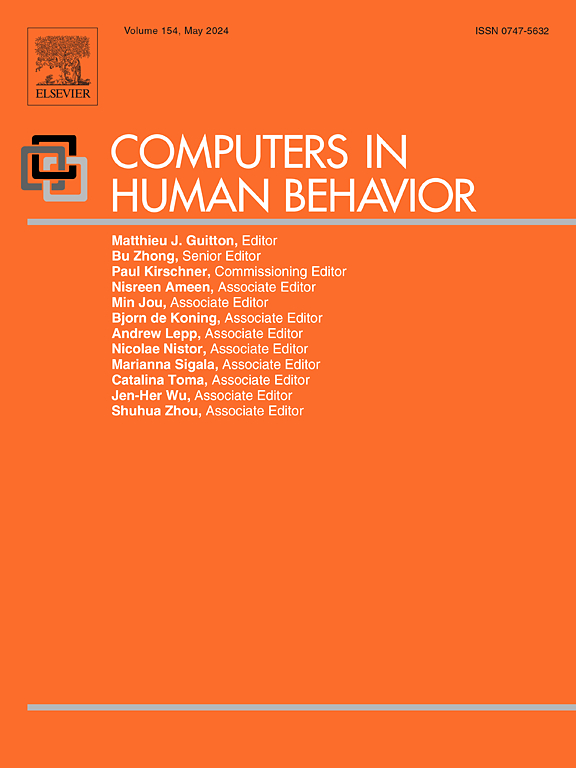Overloaded, underloaded or in control: How many automated vehicles can one person supervise?
IF 9
1区 心理学
Q1 PSYCHOLOGY, EXPERIMENTAL
引用次数: 0
Abstract
Despite extensive research over the past two decades, the question of how many automated vehicles (AVs) or robots an individual can effectively supervise remains unresolved, with estimates ranging from as few as two, to as many as 12. Most prior studies have conflated monitoring and direct interaction tasks, leading to inconsistent findings largely driven by variations in interaction complexity and duration. This research study addresses this issue by isolating the monitoring task from the interaction task to establish a more precise baseline of supervisory capacity for AV systems.
A rigorous experiment was conducted wherein 24 participants monitored between three and nine simulated AVs operating within a realistic sub-urban environment modelled on Coventry, a mid-sized city in the UK. Unlike experiments in previous studies, participants were tasked exclusively with monitoring AVs to identify those requiring potential manual intervention, subsequently delegating interaction to a separate remote operator. Performance metrics, perceived workload, situation awareness, and decision-making efficacy were systematically measured and analysed.
The results reveal situation awareness (SA) was maximised at when supervising five Avs, and optimal monitoring occurred when supervising 5–7 AVs, with the capacity to temporarily manage surges of up to 9 AVs without significant performance degradation. However, supervisors assigned to monitor as few as 3 AVs exhibited tendencies toward micro-management, often misidentifying situations requiring manual intervention and unnecessarily escalating control handovers. These findings have significant implications for developing scalable AV supervision systems, where appropriately calibrated monitoring loads can enhance performance and decision-making while minimising erroneous interventions.
超载、不足或可控:一个人能监管多少辆自动驾驶汽车?
尽管在过去的二十年里进行了广泛的研究,但一个人能有效监管多少辆自动驾驶汽车或机器人的问题仍然没有得到解决,估计少则2辆,多则12辆。大多数先前的研究都将监测和直接交互任务混为一谈,这在很大程度上是由于交互复杂性和持续时间的变化而导致的结果不一致。本研究通过将监控任务从交互任务中分离出来来解决这一问题,从而为自动驾驶系统建立更精确的监控能力基线。在一项严格的实验中,24名参与者在模拟英国中等城市考文垂的现实郊区环境中监测3到9辆模拟自动驾驶汽车。与之前的实验不同,参与者的任务是专门监测自动驾驶汽车,以识别那些可能需要人工干预的车辆,然后将交互委托给单独的远程操作员。系统地测量和分析了绩效指标、感知工作量、态势感知和决策效能。结果表明,当监控5辆自动驾驶汽车时,情况感知(SA)达到最大,当监控5-7辆自动驾驶汽车时,情况感知(SA)达到最佳状态,能够暂时管理多达9辆自动驾驶汽车的激增,而不会出现明显的性能下降。然而,被指派监控3辆自动驾驶汽车的主管表现出微观管理的倾向,经常错误地识别需要人工干预的情况,并不必要地升级控制移交。这些发现对开发可扩展的自动驾驶汽车监测系统具有重要意义,其中适当校准的监测负载可以提高性能和决策,同时最大限度地减少错误干预。
本文章由计算机程序翻译,如有差异,请以英文原文为准。
求助全文
约1分钟内获得全文
求助全文
来源期刊

Computers in Human Behavior
Multiple-
CiteScore
19.10
自引率
4.00%
发文量
381
审稿时长
40 days
期刊介绍:
Computers in Human Behavior is a scholarly journal that explores the psychological aspects of computer use. It covers original theoretical works, research reports, literature reviews, and software and book reviews. The journal examines both the use of computers in psychology, psychiatry, and related fields, and the psychological impact of computer use on individuals, groups, and society. Articles discuss topics such as professional practice, training, research, human development, learning, cognition, personality, and social interactions. It focuses on human interactions with computers, considering the computer as a medium through which human behaviors are shaped and expressed. Professionals interested in the psychological aspects of computer use will find this journal valuable, even with limited knowledge of computers.
 求助内容:
求助内容: 应助结果提醒方式:
应助结果提醒方式:


